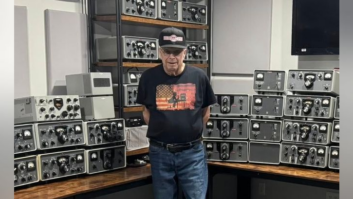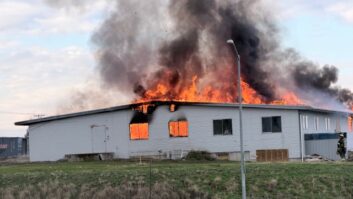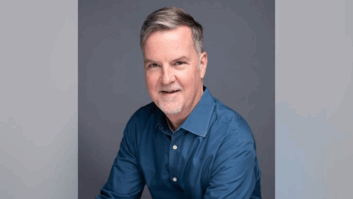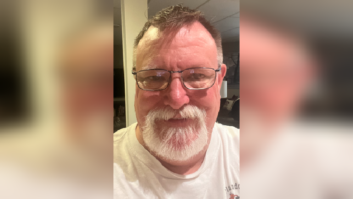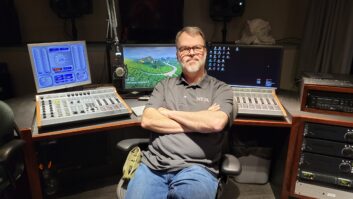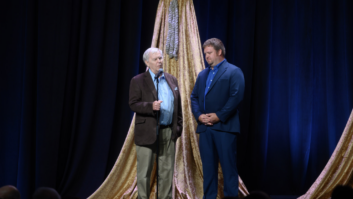Radio World readers may know Marty Acuff from his time at Orban or from his many years working on the iconic Sutro Tower — the three-legged, 977-foot-tall broadcast tower keeping watch over San Francisco. Since 1994, he has been an engineering mainstay in his home in the Bay Area.
Now, the longtime engineer is ready to enter retirement, but not before sharing some insights into his nearly 50-year career in broadcasting.
Acuff has served in various chief engineering roles since the 1970s; however, his journey up the radio ladder had a rocky start. As a kid, Acuff said he wanted to be a DJ, inspired by the likes of Don Sherwood at KSFO, but soon found out that hosting wasn’t as easy at is looked. At age 19, he dipped his toes into the broadcast waters at the former KJAZ in Alameda, Calif.
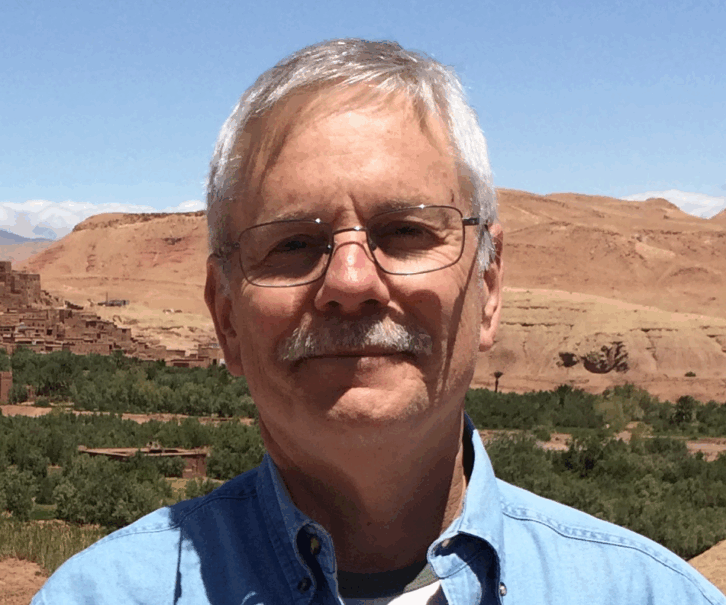
“My first experience on-air was a train wreck,” said Acuff. “The station manager politely suggested that I get my chops up. I enrolled in the broadcast program at the College of San Mateo, Radio Studio Techniques. Later, I took the Commercial Licenses course at CSM, studying for the First Class Radiotelephone Operator License.”
In 1978, Acuff started at a 1 kW AM station in Truckee, Calif., (formerly KTRT) as an on-air host and chief engineer, thanks to obtaining his First Phone license.
“The on-air experience was beneficial in understanding user operations, but it was clear my best opportunity was going to be pursuing engineering,” he said.
[Related: “The Demise of the First Phone“]
From there, Acuff could be found working behind the scenes as chief engineer at KONE and KOZZ in Reno, Nev., the former KOME in San Jose, Calif., the former WBCN in Boston, Mass., and WZLX — also in Boston.
After braving Beantown’s “dreadful” winters for several years, Acuff took a hiatus, moved to Vancouver, Wash., helped his friend restore an Aeronca Champ airplane, learned to fly and got his private pilot’s license in 1992.
Two years later, Acuff joined Orban as a product manager and senior technical support engineer.
During his 16 years with the company, Acuff saw many trends in audio processing come and go — the biggest of which was the change from analog processing to DSP-based digital processing.
“At the time, some companies claimed to have ‘digital’ audio processors when, in fact, digital audio input was converted to analog then processed in the analog domain and converted back to digital,” said Acuff. “Orban introduced the [Optimod-FM] 8200, which processed audio in the digital domain. As technical support, I learned a lot from Bob Orban and am honored to have worked with him.”
Acuff returned home to work with Orban in the San Francisco Bay Area, where the manufacturer was originally headquartered. It was in the City by the Bay where Acuff began his work on Sutro Tower in 2011.
“I started out at Sutro Tower pulling wire — lots of it — installing infrastructure,” said Acuff. “I participated in the installation of a SimulSat antenna, receiving over 40 satellites, both C- and Ku band, pulled more cables, installed an L-band router and set up remote access for the tenants. Each tenant had multiple feeds from the router so they could select several birds for simultaneous use.”

Sutro Tower is owned and operated by Sutro Tower Inc., a California corporation founded in 1968 by the owners of television stations KTVU, KRON, KPIX and KGO. The licensees of these stations remain the Sutro Tower owners today. The tower houses antennas for the owners, in addition to leasing antenna space to other local TV stations, radio stations, public agencies and cable and satellite companies.
“Sutro tenants shared a network of IP video multicast cameras located at the toll plaza of four bridges, one at SFO Airport and two on the tower,” said Acuff. “I managed operations and troubleshooting any time we lost video. It’s a complex system of microwave transceivers, PTZ cameras and encoders. Sutro served as the receiving hub with feeds to the participating tenants.”
Acuff said he also designed and built a system to monitor Sutro’s power status — two three-phase AC mains services (PG&E) and two backup generators. “The system monitors each phase, as well as the selection state of each of the three automatic transfer switches.”
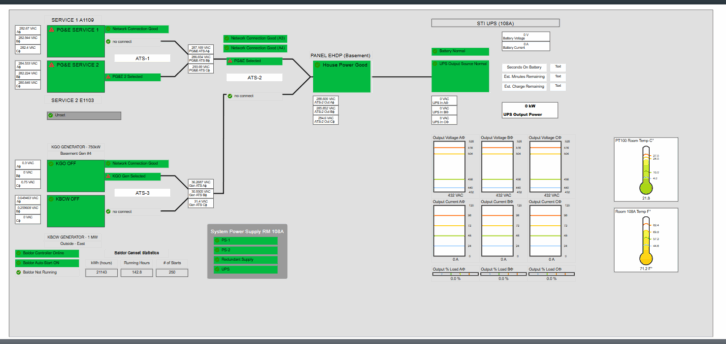
While Sutro had a system for monitoring the broadcast stations’ status, Acuff said the original “Symphony” system was outdated, problematic and lacking support.
“I designed and built bypass panels for all transmitters, addressing when the Symphony system went sideways,” he said. “To replace the Symphony system, in 2017 we adopted WorldCast Manager (later renamed “Kybio”) and a Network Monitoring System (NMS) employing SNMP.”
He continued: “I had to learn SNMP quickly. This came during the mandated spectrum reallocation ‘repack.’ Along with WorldCast engineers, I participated in designing a web- and SNMP-enabled RF switch controller, installing the finished products for each station in the system.”
Acuff said he spent many hours customizing the system for the specific needs of Sutro and its tenants.
“For example, for the safety of tower workers, a real-time ‘hot antenna’ display was developed, initially by Tony Peterle, with later refinements by myself,” said Acuff.
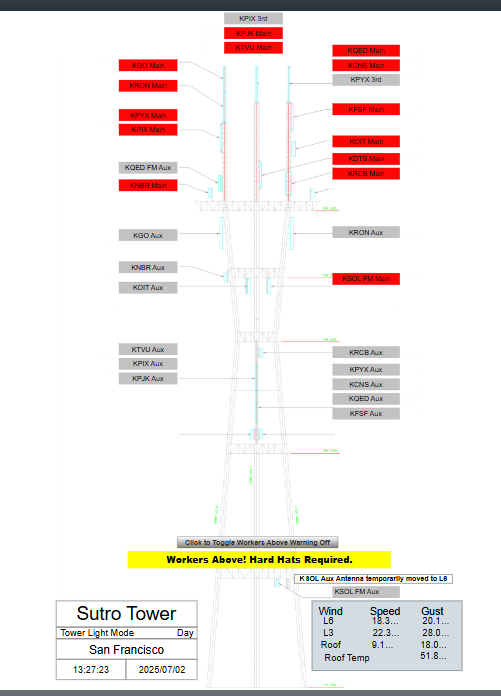
Also part of the repack project, Acuff said he also participated in the design of a system to monitor transmission line nitrogen pressures and flow rate.
He said: “Each panel monitored four transmission lines, with one common flow rate sensor. Each of [the] 19 panels monitored by the WorldCast NMS sends email alerts if pressure falls below, or flow rises above, pre-set thresholds. This system has been very effective at detecting leaks before [they] become disasters.”
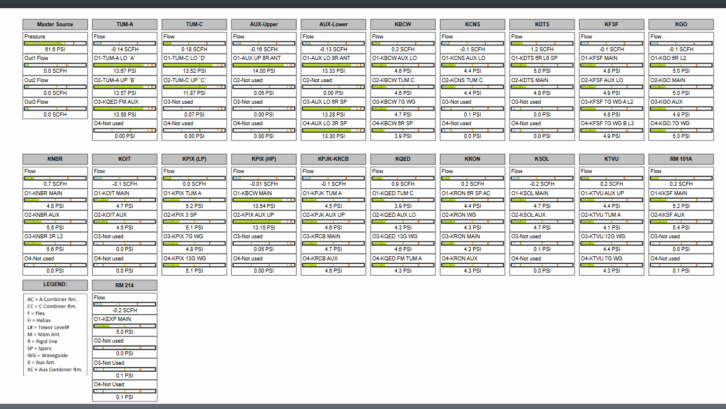
After announcing his retirement at the start of June, Acuff said he’s focusing on doing what he never had time to do while working — rebuilding old tube amplifiers, working on projects involving Arduino and Raspberry Pi, woodworking and, yes, possibly consulting “if the need arises.”
As Acuff looks back on his career, for those looking to enter the engineering workforce now, he wishes to impart a few pieces of wisdom:
- Make customer service a priority.
- First understand the problem. This helps find the root source.
- Keep studying to stay current on new technologies and trends.
- Document all your work. It will help the next engineer and, besides, it isn’t possible to remember everything. Documenting repairs helps identify repeat problems.
“I learned a great deal from all my colleagues for whom I’m grateful,” said Acuff.
Send your people news to [email protected].
